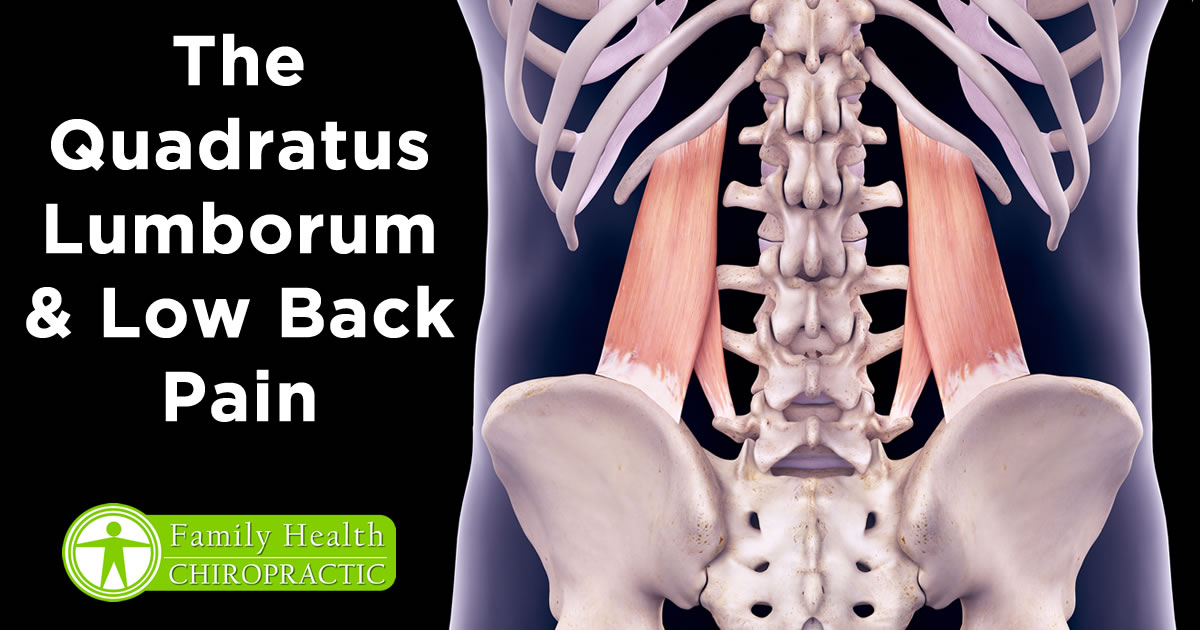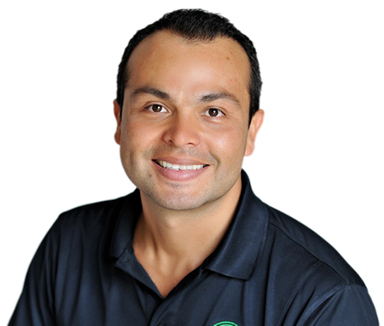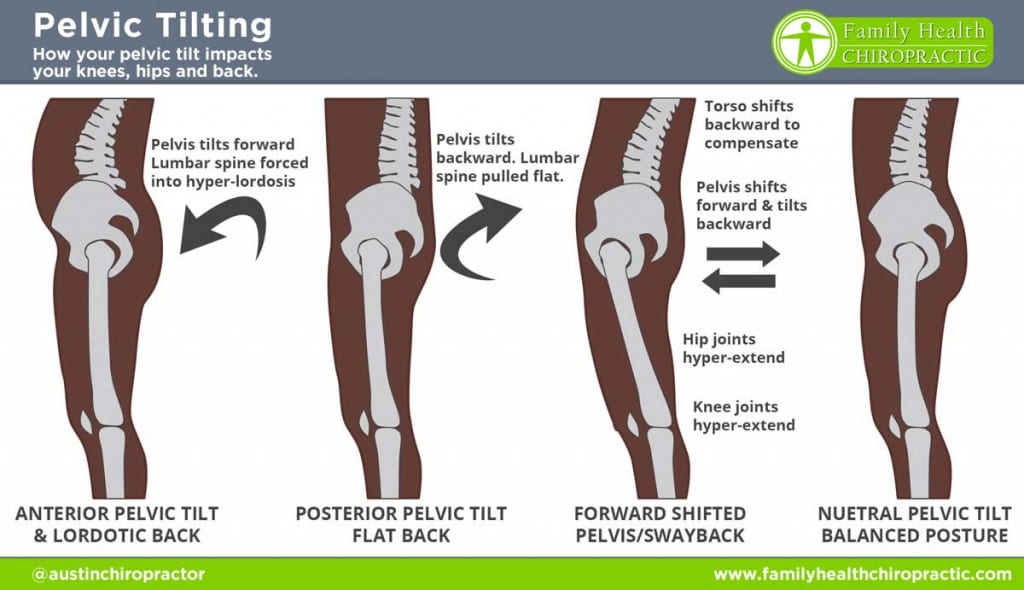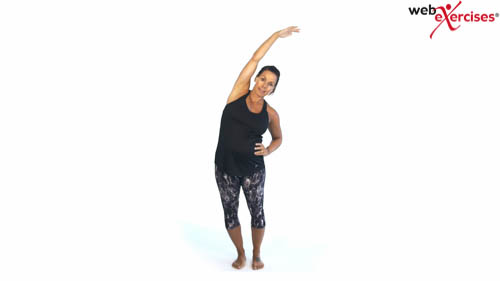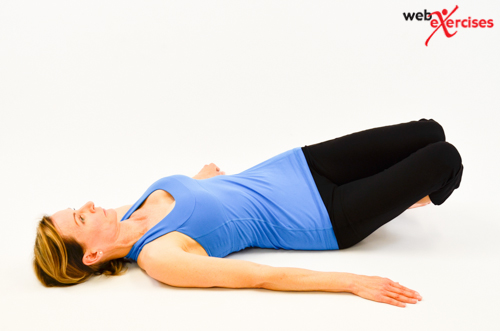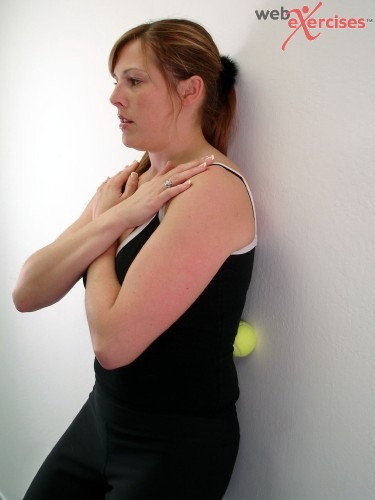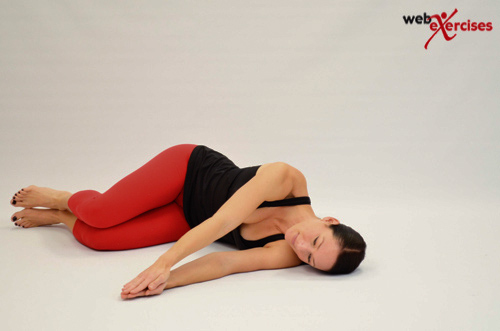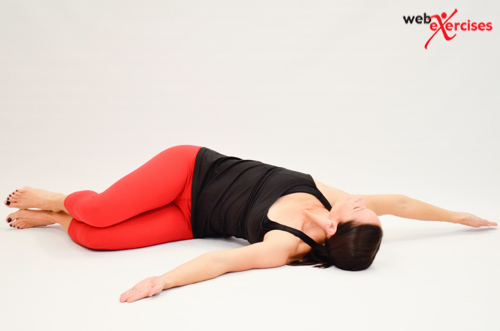So many people suffer from lower back pain, on either side (or both sides) of the spine. For many of them… it's not the spine, but the Quadratus Lumborum muscle, also known as the QL muscle. In this article I hope to teach you more about the QL including symptoms, treatment and prevention.
The Quadratus Lumborum
The Quadratus Lumborum (QL) is a deep muscle that runs on both sides of the lower back. The muscle begins on the lowest rib and the nearby vertebra, and connects to the hip crests or big prominent bones that you feel when you rest your hands on your hips. The QL is responsible for stabilizing the lower back while upright, and also has a role in side bending.
Either one or both of the QL muscles can tighten and close the distance between the rib and the hip crest. This compresses the affected side of the spine and everything in its path, which include discs, joints, and nerves. Most often, the symptoms from the disc, joint, and nerve are not felt. In other words, if your pain is not directly in the middle of the spine (sharp and shooting), but more of a dull, tight, achiness that is further away from the center, then it could be pain that emanates purely from QL muscle due to tightness and adhesions.
QL Symptoms and Diagnosis
How do you determine if your QL is causing you problems?
The most common symptoms of pure Quadratus Lumborum (QL) muscle pain are:
- A deep aching pain in one or both sides of the lower back.
- Back pain that worsens with prolonged sitting.
- Back pain that worsens when transitioning from sitting to standing.
- Stiffness and back pain when rising from bed in the morning.
If the QL pain is very severe, symptoms may radiate down the side of the thigh and across to the front of the thigh in the quad region. The most likely cause of adhesions and pain in the QL muscle are poor body mechanics, improperly healed muscle strains, excessive sitting, and improper stretching of the QL.
Currently, there are no reliable imaging techniques that can diagnose QL muscle pain, however, the QL can be accurately diagnosed through manual palpation of the muscle and a certain set of symptoms. Here's a picture of where you would want to feel around:
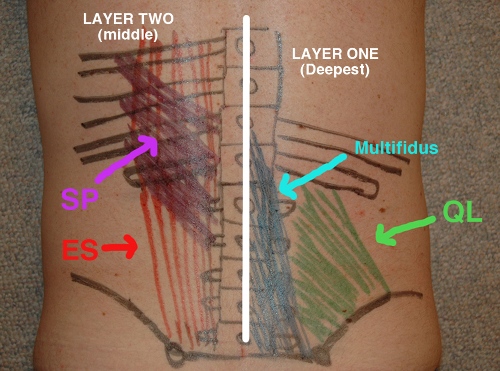
SP (Serratus Posterior), ES (Erector Spinae), Multifidus, QL (Quadratus Lumborum)
The Best Way to Treat Your Quadratus Lumborum
The Quadratus Lumborum (QL) muscle is one of the most overlooked muscles when it comes to back pain. There are currently no imaging studies (MRI, xray, CT, ultrasound) that can accurately diagnose the muscle. The fact that the muscle lies 2-3 layers deep in the lower back is another contributing factor that makes it nearly impossible to effectively target through deep tissue massage or even through the most effective instrument-assisted soft-tissue mechanical devices on the market.
In my career I can honestly say that in the case of the QL, “Numbers” are not as important as “Behaviors”. The most effective system to resolving QL muscle related back pain rests in your behaviors.
If you're one of my patients, you've probably heard me say this over and over… but if you're experiencing QL pain, then
“You are your best doctor.”
This includes a specific set of warm-up exercises and stretches (flexibility & mobility training), dysfunctional movement correction (strength balance), and intensive deep tissue therapy or self-myofascial releases (Work to Rest capacity) through a series of drills.
I've found that by continuing this process for 4-8 consecutive weeks, not only will the damaged tissue begin to soften, but it will also begin to correct the broken movement patterns that caused or worsened your symptoms to begin with.
A tight Quadratus Lumborum (QL) muscle will compress the affected side of the spine, which can result in joint pain, disc pain, or postural dysfunction. Clinical data suggests that a tight QL is often found in patients presenting a posteriorly (or backwards) tilted pelvis. When the pelvis tilts backward, the lumbar spine is pulled flat (this is a huge No-No) and causes major joint and muscle dysfunctions.
Proper mobility and stability exercises will help improve this imbalance and lead to long-term results. A sidenote is that QL pain can often appear as disc pain, whereas the patient feels a radiating pain wrapping around from the upper and outer thigh across to the front of the thigh.
So what should you do?
- Avoid sitting as much as possible. This includes exercising in a seated position.
- 10 minutes of light to moderate cardio (row, jog, air squats, etc.) will properly warm the low back and improve the efficiency of your stretching.
- Perform the QL side stretch for 10 minutes per day
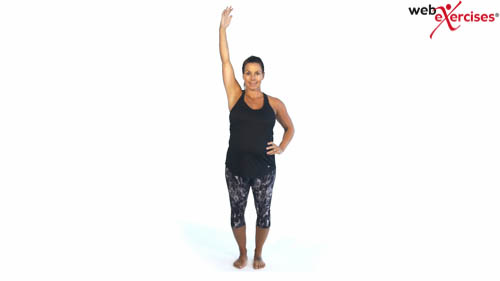
- Perform QL side twisting stretches for 10 minutes per day
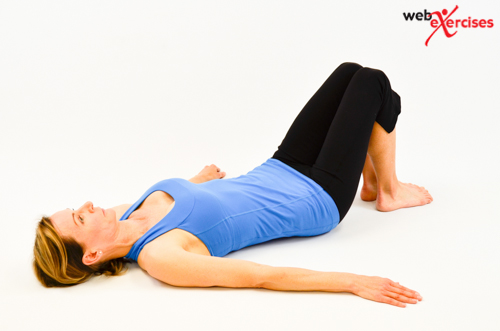
- Self-massage the QL muscle with a lacrosse ball for 5 minutes per day.
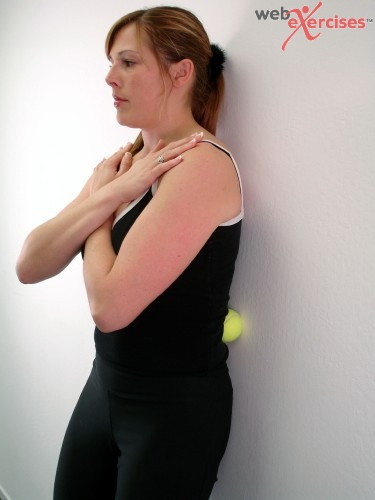
- Work on Upper Torso Flexibility
- Practice the sequence above and apply it to every bending motion throughout your day.
- If you find that this is not working, then consider getting examined by a movement professional.

